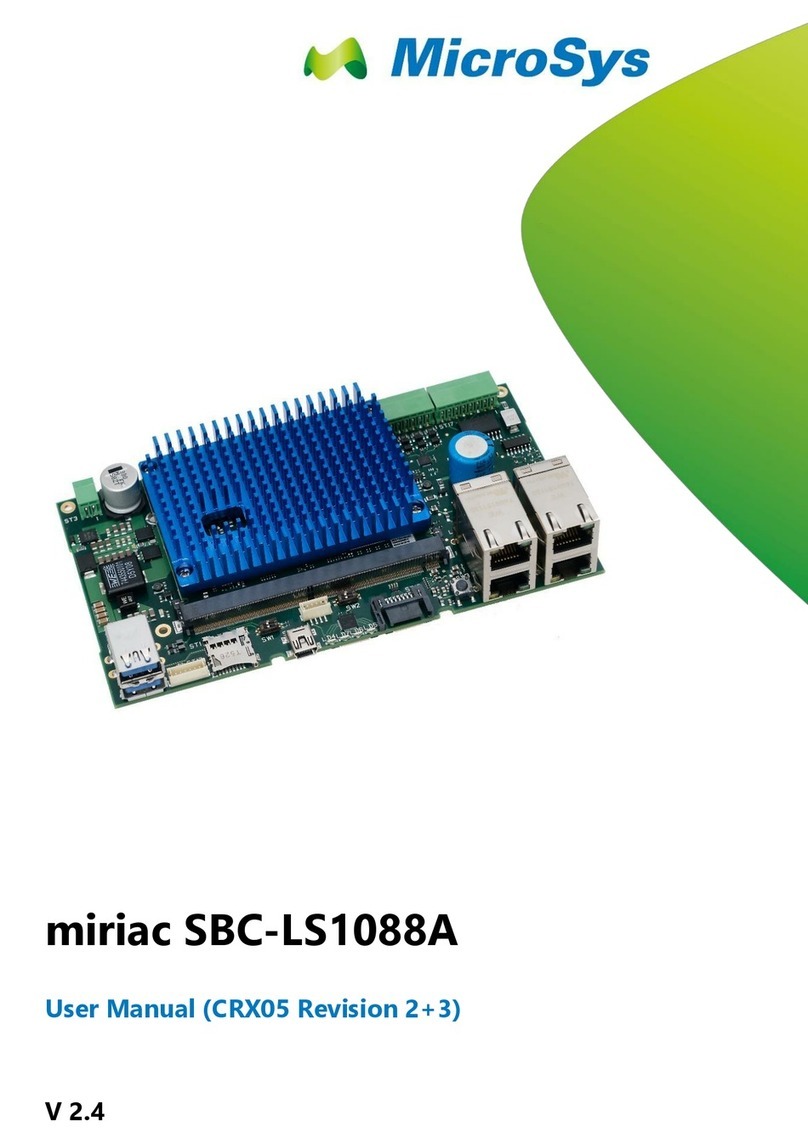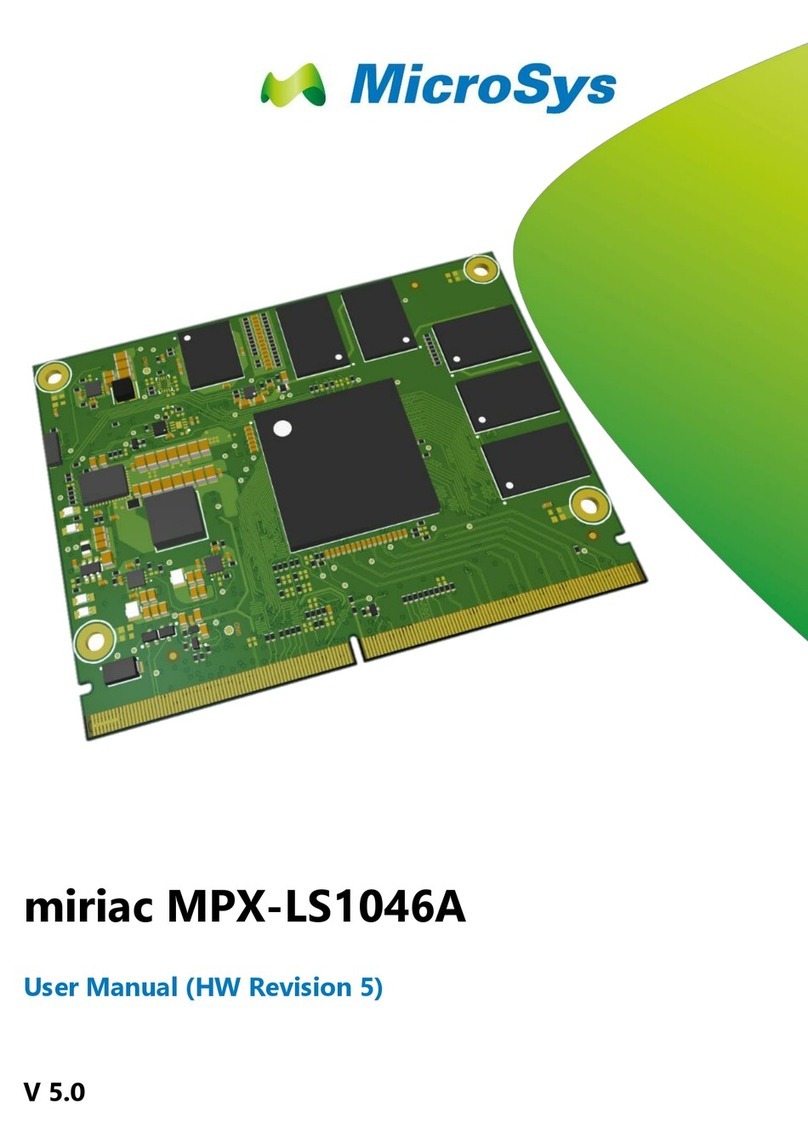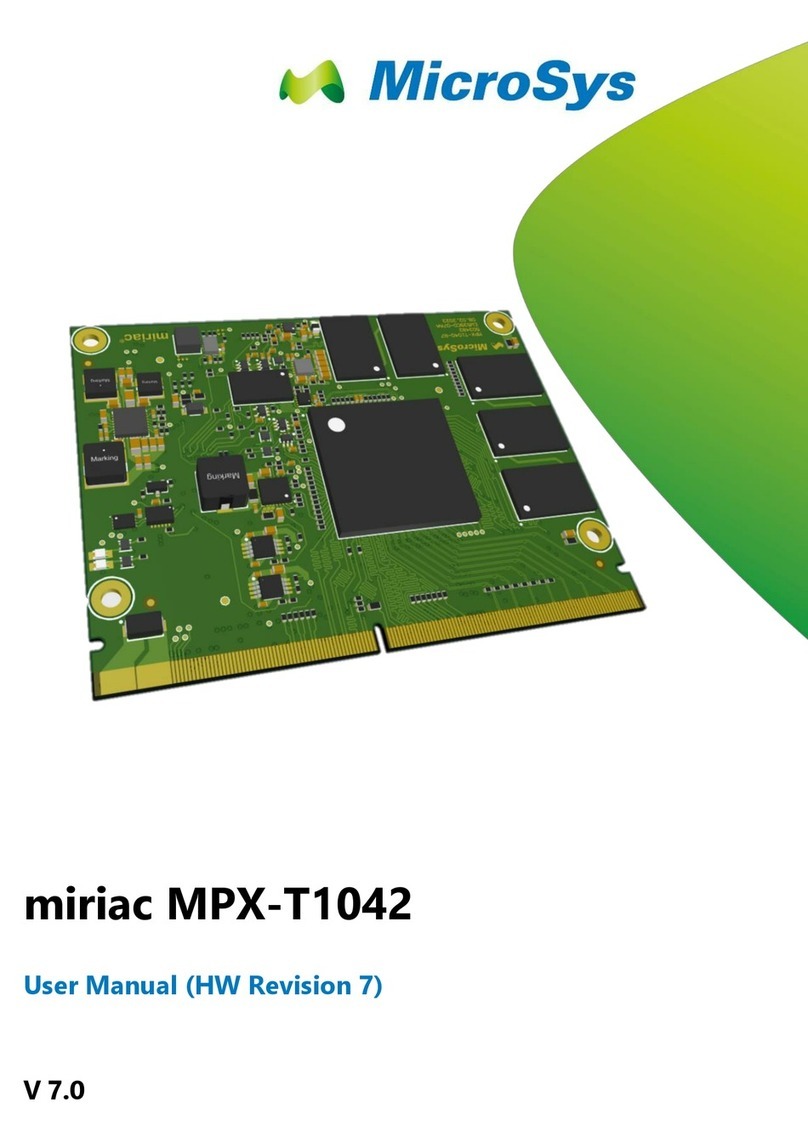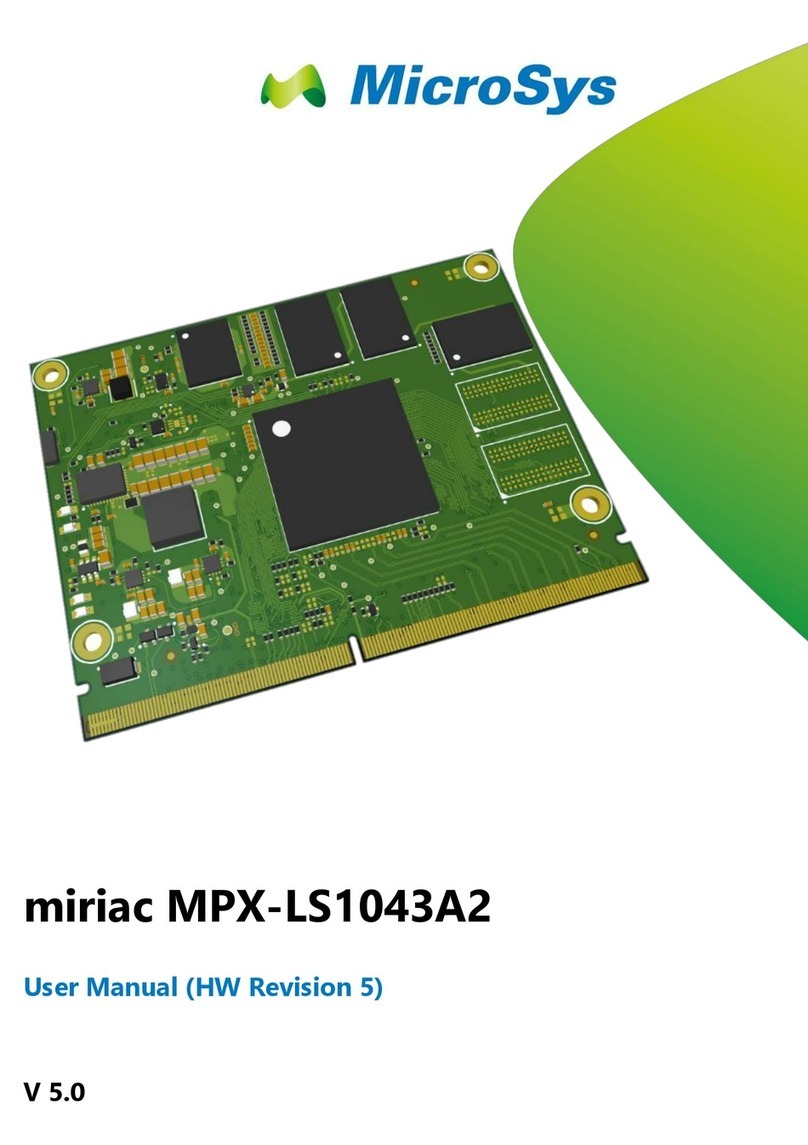Table of Contents
1General Notes..............................................3
1.1 Warranty........................................................3
1.2 Links..............................................................3
1.3 Liability..........................................................3
1.4 Offer to Provide Source Code of Certain
Software........................................................4
1.5 Symbols, Conventions and Abbreviations.....5
1.5.1 Symbols ........................................................5
1.5.2 Conventions ..................................................5
1.6 Safety and Handling Precautions..................6
2Short Description........................................7
3System Description.....................................8
3.1 Block Diagram...............................................8
3.2 System Components.....................................8
3.3 Power Consumption......................................9
3.4 Cooling..........................................................9
3.5 Ordering Information ...................................10
4Technical Description...............................11
4.1 Pinouts........................................................11
4.1.1 Module Connector –Top Pins.....................11
4.1.2 Module Connector –Bottom Pins................15
4.2 Power Structure...........................................19
4.3 Reset Structure ...........................................21
4.4 Clock Structure............................................23
4.5 Boot Sources...............................................25
4.6 LEDs ...........................................................26
4.7 RTC.............................................................27
4.8 Temperature sensor....................................28
4.9 GPIO Expander...........................................29
4.10 Interface Description ...................................30
4.10.1 JTAG...........................................................30
4.10.2 CAN.............................................................31
4.10.3 SAI ..............................................................31
4.10.4 I2C...............................................................32
4.10.5 XSPI ............................................................34
4.10.6 SPI...............................................................36
4.10.7 USB.............................................................37
4.10.8 UART...........................................................39
4.10.9 LPUART ......................................................40
4.10.10 eSDHC ........................................................41
4.10.11 RGMII..........................................................44
4.10.12 SerDes.........................................................46
5Mechanical Description.............................48
5.1 Edge Finger.................................................48
5.2 Board Outline...............................................49
5.3 Height..........................................................50
5.4 Thickness ....................................................50
5.5 Component Layout - Top Side.....................51
5.6 Component Layout - Bottom Side................52
6Software .....................................................53
6.1 U-Boot .........................................................53
6.2 Operating System........................................53
7Safety Requirements And Protective
Regulations................................................54
7.1 EMC ............................................................54
7.2 ESD.............................................................54
7.3 Reliability.....................................................54
7.4 Climatic conditions.......................................55
7.5 RoHS...........................................................55
8General notes.............................................56
9Appendix....................................................57
9.1 Acronyms.....................................................57
9.2 Table of Figures...........................................58
9.3 Table of Tables............................................59
10 History........................................................61































